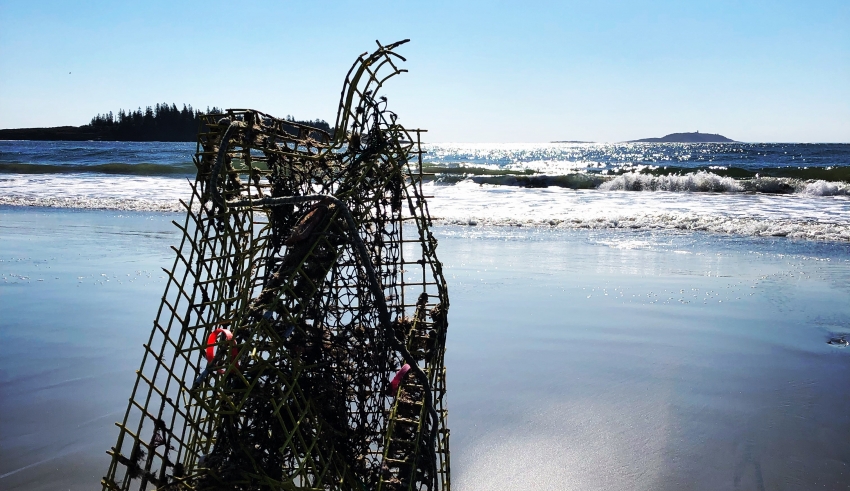
At their extreme, many human relations training strategies deployed during those two decades were intended to bypass the natural defensive barriers of those participating in these training sessions. These strategies included marathon sessions during which participants were given little opportunity to sleep. There were also exercises encouraging participants to disclose something about a time when they were hurt or embarrassed by another person. Group-based processes were engaged that required participants to first be very closed and then be open about what is happening in the group.
These strategies often were quite effective—yet they were being engaged without there being much understanding among the trainers regarding the important role played by defensive structures. We know from extensive psychological research and the acquired knowledge of those providing deep psychotherapeutic work that defenses protect us from our own “demons” until such time as we are ready to face them. Premature acknowledgement – and especially premature (and forced) disclosures to other people—can be quite harmful. Studies on human “brainwashing” are particularly telling in this regard.
What then is an appropriate way in which to encourage and bring about genuine, constructive openness in a group—so that it might become a Team? Several imperatives can be introduced at this point. First, we must be patient. There is a neurologically based paradox involved: We cannot connect until we feel safe; but we need connection to feel safe. Therefore iterative, tentative levels of openness make more sense than some of the sudden and intensive approaches sometimes facilitated by consultants. Openness requires trust and trust is not easily won.
Second, this patience with one another must also be founded on recognition of the requirement we have often repeated that issues of inclusion and control must first be addressed. Third, we must respect the right of people to be closed (and must admire the willingness of people to be open about their closedness). One of us [WB] has often written about a faculty member at a Pacific Northwest University who disclosed during a faculty development workshop that he was very closed and did not readily say much about himself to other people. Ironically, this was probably the most “open” statement made by anyone during this workshop. Fourth, we must recognize that there are major differences regarding the nature of and level of openness that is considered acceptable in various cultures around the world. This fourth imperative is particularly important to keep in mind today—for an increasing number of groups are composed of members from different cultures.
Download Article












